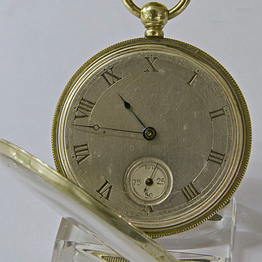TL;DR: mostly ancient math and moon stuff.
This article suggests 60/60 came from the Sumerians who used a base-12 counting system. This and other articles note that 60 is more flexible than 100 in many ways as it’s divisible by 2, 3, 4, 5, and 6.
The Babylonians invented the 360 degree circle, and so understood the sun to move about 1 degree per day.
The number of days in a week and weeks in a month is based on lunar phases (month=moon, and in Chinese the word for month is the same as moon, 月). This article says the approximately 28 day month is traced to ancient Mesopotamia with leap days used to stay consistent in the long run. As for days of the week that article also says they were based on the 7 non-fixed heavenly bodies visible to the naked eye.
